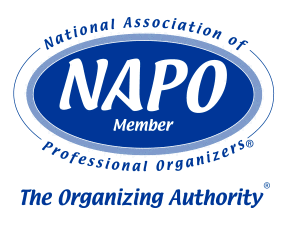 (June is Effective Communication Month. I love studying the impacts of how we communicate, so you will see multiple posts this month about effective communication, communication styles, etc. )
(June is Effective Communication Month. I love studying the impacts of how we communicate, so you will see multiple posts this month about effective communication, communication styles, etc. )
“Language is a more recent technology. Your body language, your eyes, your energy will come through to your audience before you even start speaking.” Peter Guber
A 1991 University of California study indicated that only 7% of any communication is the choice of words; 93% is conveyed through body language and tone of voice.* What would it mean to actually know what people meant to communicate, not just what they said?
A myriad of emotions, including fear, joy, regret, and confusion, are all emotions that come to mind that we may not speak about, but are difficult to hide.
Two large categories of non-verbal communication are posture and facial expressions.
Posture:
Posture is a powerful non-verbal communication tool. What is our posture saying?
Open Posture: May portray friendliness and positivity. Sit or stand up straight. Head raised. Relaxed facial expression. Good eye contact.
Closed Posture: May portray boredom, hostility, or detachment. Arms crossed. Hunched forward position. Clenched fists.
I recently discovered an effective posture correcting device called Lumo Lift. The subtle reminder of possible poor posture that Lumo Lift provides has helped me focus on maintaining an open presentation for both my organizing and coaching clients. I’m not endorsing this product, more bringing to light that there are devices that may assist in our portraying more open and receptive presentation. For more information on posture visit livestrong.com.
Facial expressions:
A few years ago I had a client ask “Are you upset with me?” during an organizing session. When I asked the basis for her question, she indicated that I was frowning and she was concerned she’d done something wrong. Wow! I never experience frustration with my clients, yet my facial expressions were communicating that very emotion to them. Not only was I thankful she felt she could be open and honest with me, it gave me pause to realize that I was out of tune with, and possibly not able to control, what my body was saying to my clients.
Frowning can indicate negativity, judgement, or possibly just concentration. Concentration is understandable in organizing or coaching environments; however, negativity and judgement are not emotions I want to portray to my clients. In order to be more in tune with my facial expressions, I’ve done a couple of things:
- Actively focused on thinking positive thoughts during in-person meetings with my clients. For me, positive thoughts result in positive body language.
- Mirrors: For phone coaching clients, I employ mirrors to ensure that I’m not frowning. This helps me keep a positive outlook around the call.
- Botox (or equivalent): I’ve utilized this for a couple of years. Although this path isn’t right for everyone (this is a medical procedure, speak to your health care provider), it has resulted in less “what’s wrong” challenges from my clientele.
For more information on facial expressions, visit verywell.com.
Like most skills, understanding and controlling non-verbal communication improves with practice. How important is it to you to understand what you are communicating and what others are communicating to you?
*Source: Listening to Bodies, A Somatic Primer, Suzanne Zeman
Cindy Jobs


